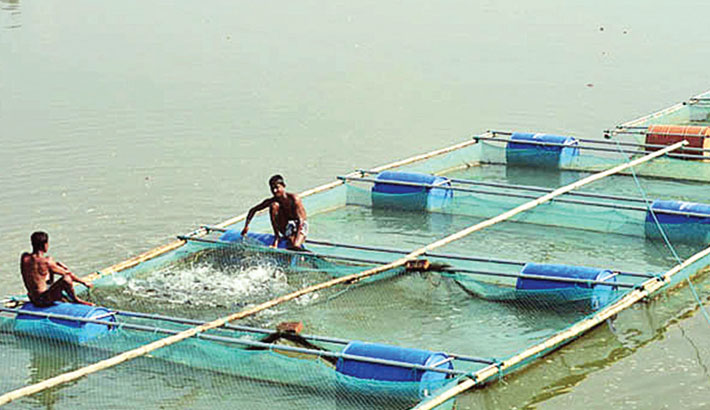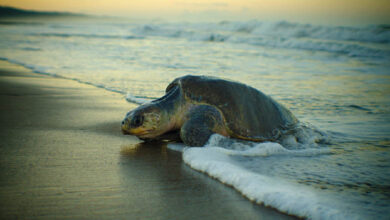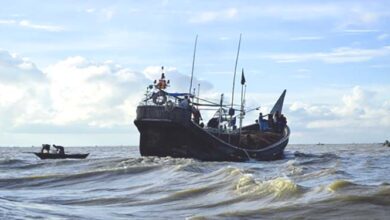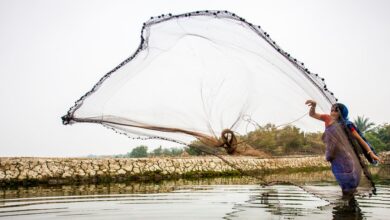Mariculture deserves an attention to enhance the blue economy of Bangladesh

The Blue Economy approach emphasized that the ideas, principles, and norms of the Blue Economy contribute significantly to poverty eradication, food and nutrition security, climate change mitigation and adaptation, and the generation of sustainable and inclusive livelihoods. The blue economy model seeks to improve human well-being and social equity while significantly lowering environmental risks and scarcity.
Twenty six potential Blue Economy sectors have been identified by the MoFA which include the fishery, maritime trade and shipping, energy, tourism, coastal protection, maritime safety and surveillance for development of blue economy in Bangladesh. It also covers a wide range of activities, including renewable energy, fisheries, maritime transportation, waste management, tourism, and climate change.
The coastal and marine environment is becoming increasingly important in achieving the country’s social, economic, and strategic goals. The oceans economy, also known as the blue economy, is a concept that promotes economic growth, environmental sustainability, social inclusion, and the strengthening of ocean ecosystems all at the same time. It is now critical to demonstrate measurable progress toward critical internationally agreed-upon targets for a variety of issues such as fisheries, aquaculture, habitat protection, and pollution reduction, among others.
Mariculture will incorporate the value of natural capital into its development, respecting ecological parameters throughout the production cycle, creating sustainable, decent employment, and offering high-value commodities for export under the Blue Economy.
Mariculture encompasses a wide range of activities that are carried out in habitats ranging from coastal lagoons to the open ocean using a variety of techniques ranging from extensive to intensive. A wide range of food chain species, from single cell algae to pelagic predators like seabass (Lates calcarifer) and groupers, are now farmed commercially.
The main theme of mariculture and the focus of blue economy development plans in Bangladesh is integrated multitrophic aquaculture (IMTA), which is where diversification of aquaculture results in greater benefit (e.g. economic) over single species farming due to lower environmental impacts and better social acceptance. IMTA boosts output by farming species from different trophic levels, such as fish, mollusks, and crustaceans, in the same production system while minimizing the use of supplementary inputs, such as artificial feed. All cultivation components have an economic value with these processes (IMTA), as well as a key role in environmental and societal services and benefits. While having little impact on the environment, this cultivation technique has become more complex and intensive, necessitating infrastructure development and increased human capacity.
Farhana Islam
Agriculturist, Researcher




